
|
Olympus E-M1 Mk.II Lens Fest, Part 1 Image Samples: Crofton Lake |

|
My other articles related to the |
|
Links to individual lens sample pages:
|
|
|  Denotes samples which are not 100% compatible with those in other sets Denotes samples which are not 100% compatible with those in other sets
See also: E-M1 Mk.II Lens Fest, Part 2: Bookshelf | ||
|
The camera used to shoot all samples presented here was the E-M1 Mk.II with firmware Version 1.1. Camera settings:
Samples for individual lenses Full sets of these samples, for various focal lengths and apertures, are shown in separate pages, one per lens, accessible via the links as shown. Here is just a quick summary of my observations.
Some interesting (?) comparisons A few things of interest which did not fit into any of individual lens pages, as they involve two (or more) lenses. Note on color tint: After the first session, using five lenses, I decided to add three more. The second session took place two days later, at approximately the same time of the afternoon. In both cases the White Balance was set manually to Sunny (5300K). And yet, images from the second session are warmer. The only explanation I may have is, that on the second day there were some white clouds in the sky. This makes the light a bit warmer, or the color temperature lower. (Yes, this is not a typo; that's how things are being called!) Perhaps using Auto WB would have been better in this case. Field of view First, for the fun of it, a comparison of the field of view provided by focal lengths covered in this report. |
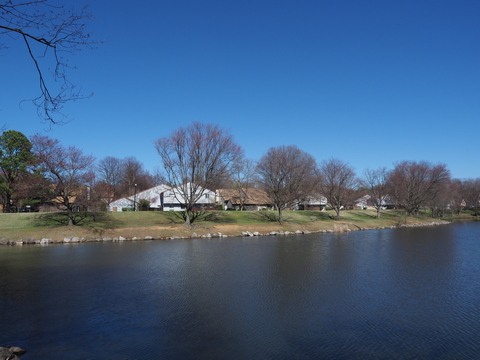
12 mm |
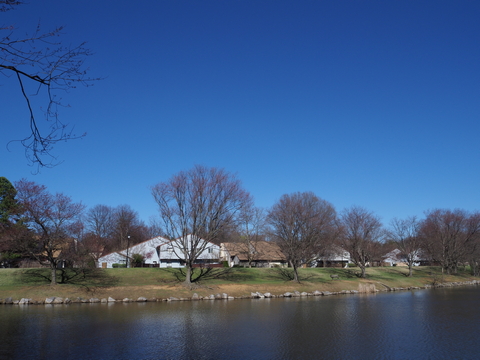
14 mm |
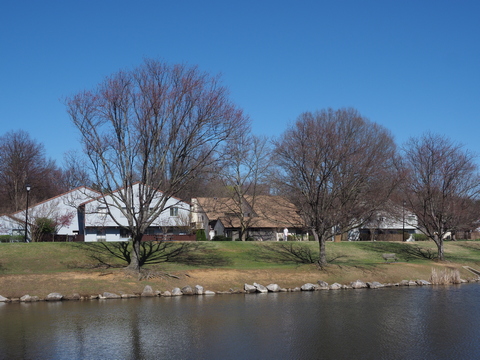
25 mm | |
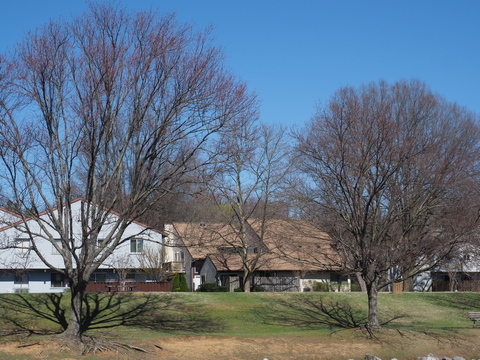
40 mm |
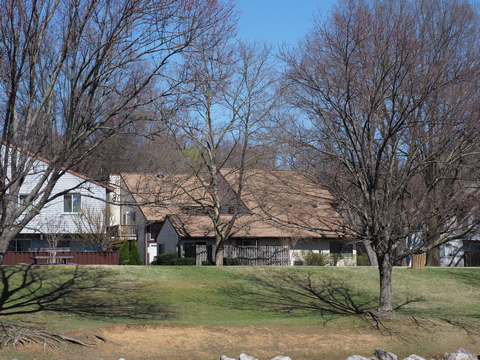
50 mm |
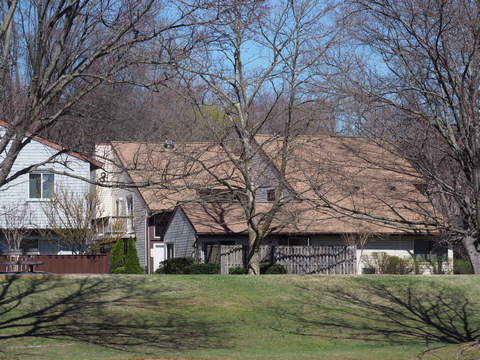
75 mm | |
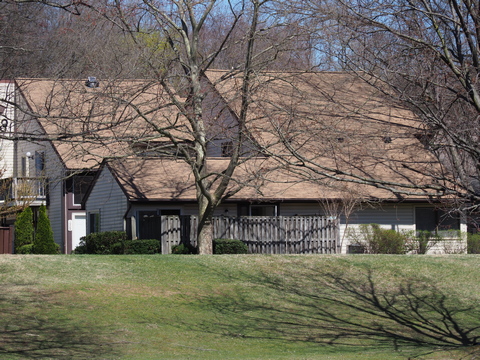
100 mm |
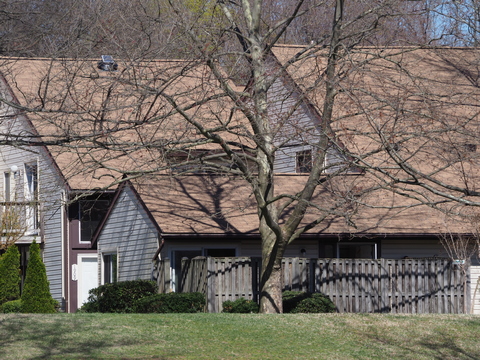
150 mm |
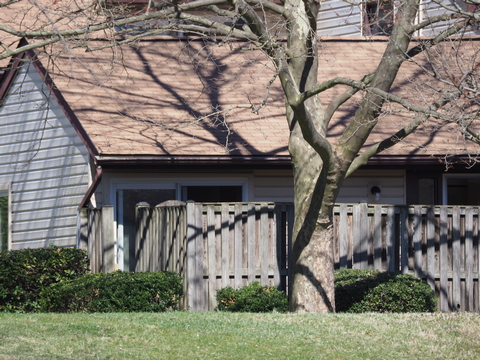
300 mm |
|
Comparing the premium zooms Now let's have a look at the two premium zooms at three focal lengths, both using the F/5.6 aperture, where they perform best. Here it is: the 12-40/2.8 Pro versus 12-100/4.0 IS Pro. |
12-40/2.8 at F/5.6 | 12-100/2.8 at F/5.6 | |
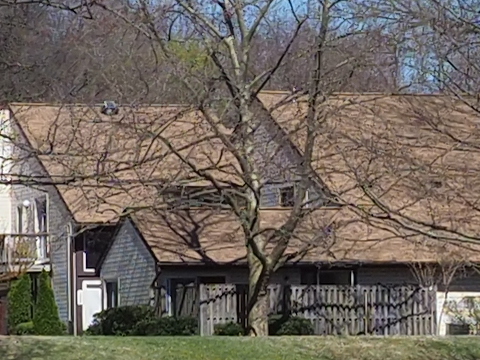
F = 12 mm |
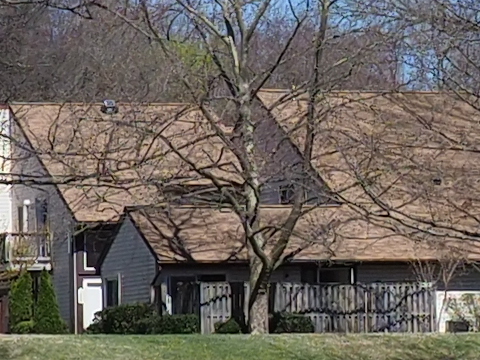
F = 12 mm | |

F = 25 mm |
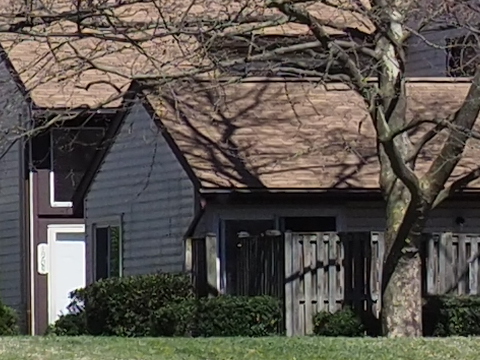
F = 25 mm | |
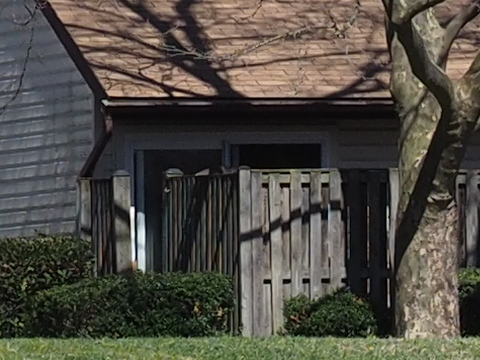
F = 40 mm |
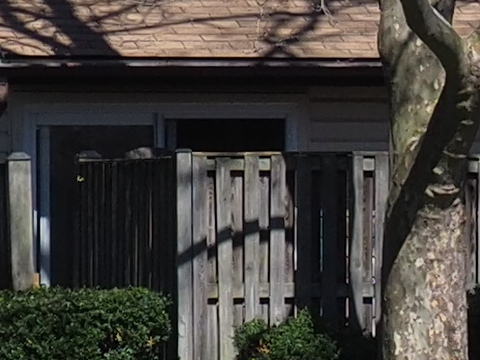
F = 50 mm |
|
Both lenses deliver very much alike; top-level performers. As much as I may look at all these image samples, I cannot make my mind, which one I like more, regarding image quality. Therefore don't ask. David and Goliath, Pancake vs. Pro Now a clear weight mismatch: the tiny 14-42/3.5-5.6 EZ pancake versus the 12-40/2.0 Pro. To make this a bit easier on the little guy, we compare them at F/8. |
14-42/3.5-5.6 at F/8.0 | 12-40/2.8 at F/8.0 | |
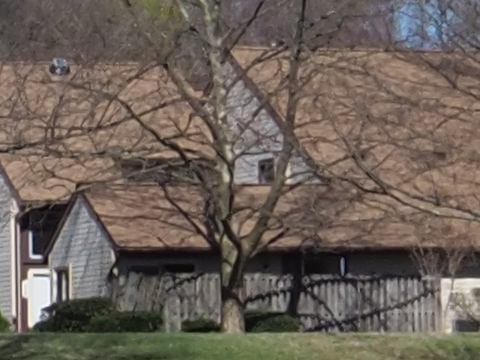
F = 14 mm |
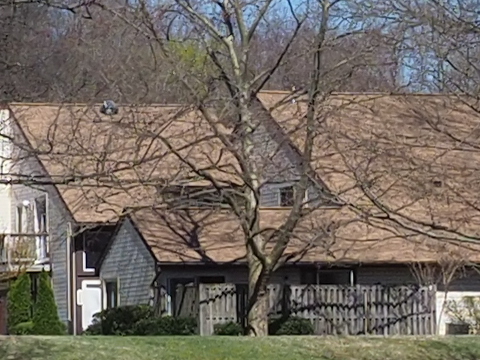
F = 12 mm | |
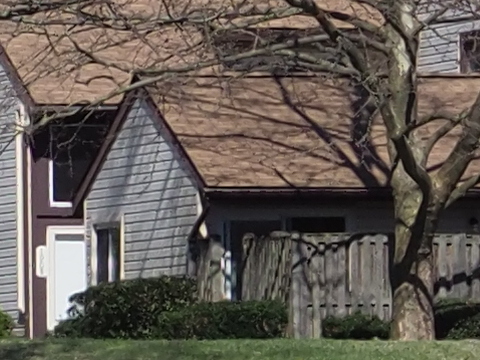
F = 25 mm |
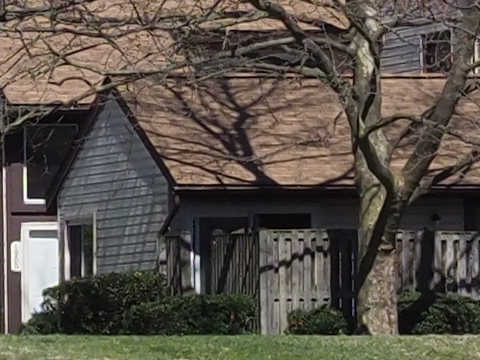
F = 25 mm | |
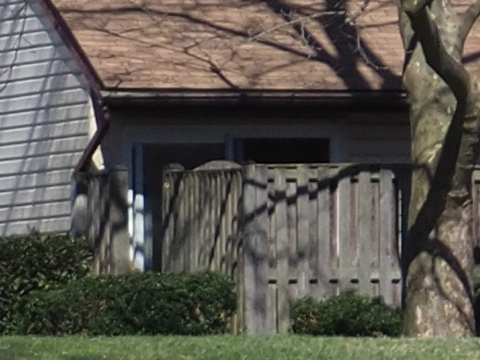
F = 42 mm |
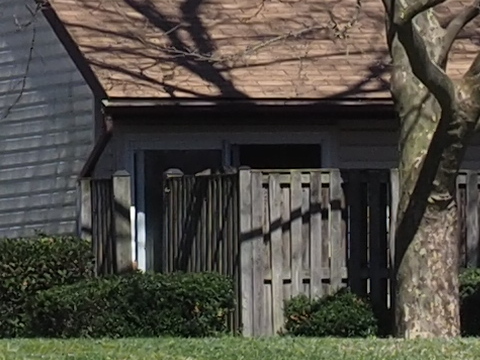
F = 40 mm |
|
As expected, there is no contest here. Still, remember that we are viewing these samples strongly magnified. The pancake images scaled to normal print/view sizes will be still more than presentable and I wouldn't be afraid to use this lens for most purposes. Mid-grade EZ vs. Pro The original OM-D kit zoom, 12-50/3.5-6.3 EZ, is a very versatile lens, at the same time being quite compact. Obviously, we can't expect it to match the premium lens optically, but let us just see how much worse it is, compared to one of the best μFT zooms, the 12-100/4.0 IS Pro. |
12-50/3.5-6.3 EZ at F/8.0 | 12-100/4.0 IS Pro at F/4.0 | |
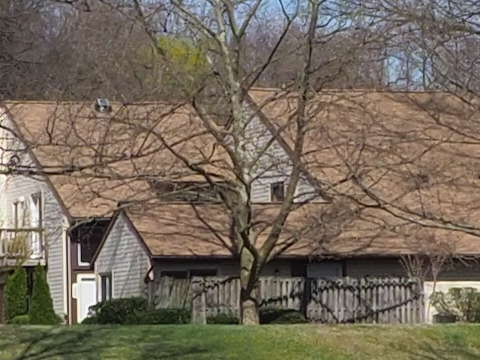
F = 12 mm |
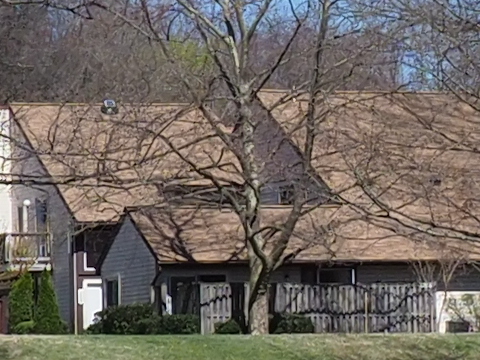
F = 12 mm | |
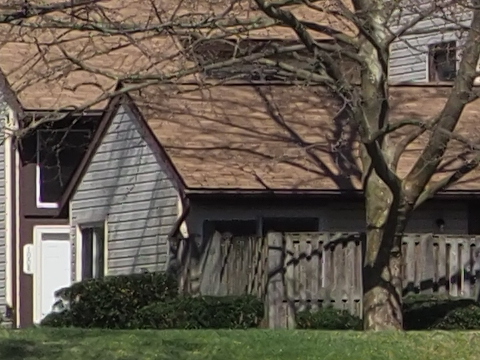
F = 25 mm |
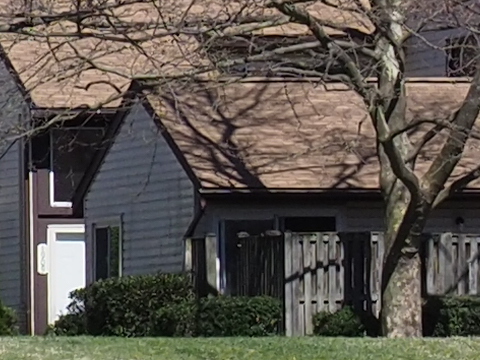
F = 25 mm | |
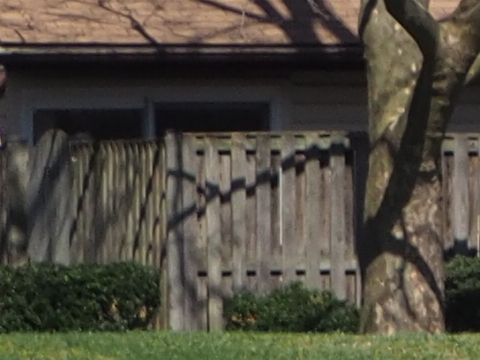
F = 50 mm |
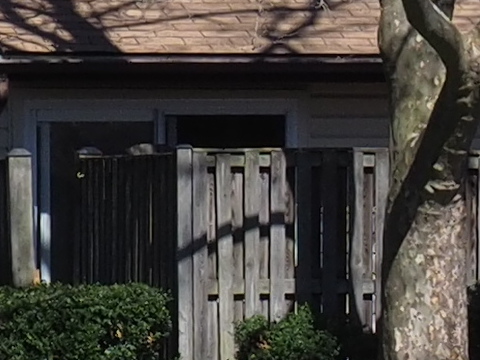
F = 50 mm |
|
Quite interesting. At the wide end the EZ, for all practical purposes matches the Pro. Perhaps the formal resolution tests would have shown a difference, but I can't see it, even in a full pixel scale. At 25 mm the EZ lens disadvantage is already visible, if not overwhelming. I don't think it would affect images viewed/printed under normal conditions. And then, at 50 mm there is no contest. The image from the EZ lens is quite unsharp: fuzzy fence, lost detail in roof shingles, and that's at the best aperture of F/8. Note that both lenses show here quite different magnification at the same nominal focal length. Is the EZ shorter than nominal, or is it inaccurate readout of the Pro setting? We will see that soon. Anyway, the performance of the mid-grade lens at 50 mm is underwhelming at the long end. It is good enough for non-critical uses, but I would call it disappointing, especially for a lens as handy as this one. A quick look to see how a legacy Four Thirds prime, the ZD 50/2.0 Macro, compares to the heavyweight (in every meaning of this word) 12-100/4.0 IS Pro. |
50/2.0 Macro at F/5.6 | 12-100/4.0 at F/5.6 | |
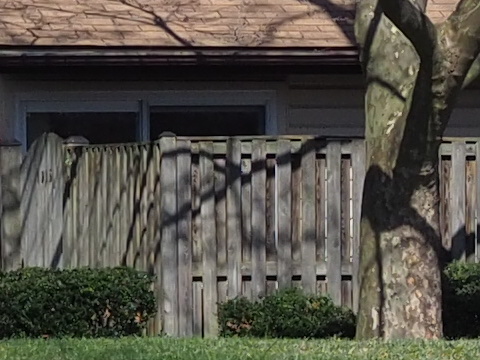
F = 50 mm |

F = 50 mm |
|
Comparing these two is not so easy; one of the reasons is a slightly different sunlight angle (the ZD shot was taken about one hour later in the afternoon). Still, the zoom sample looks a bit sharper and/or has more contrast (in spite of identical camera settings). Look at the differences in bush foliage, roof shingles, and tree bark. In my sensor-shift HR Mode write-up, the Macro lens shows a clear advantage over the Pro zoom. At a closer look, however, this is not so strange. First, in that comparison the Pro lens was at 100 mm, and the long end is usually where such lenses struggle. Second, lenses designated as Macro are optimized for closer distances, so the ZD was on its home turf. In any case, a zoom matching or besting a good prime — this is something. It looks, indeed, that a 50 mm setting on the Pro lens really corresponds to slightly more than 52 mm, compared to two other lenses (or both their focal lengths are 4% less than nominal). A prime 75 versus a tele zoom I am not expecting the inexpensive 40-150/4.0-5.6 zoom at 75 mm to be any match for the 75/1.8 prime, but let's have a look. The aperture is F/8, where both lenses should feel comfortable. |
75/1.8 at F/8.0 | 40-150/4.0-5.6 at F/8.0 | |
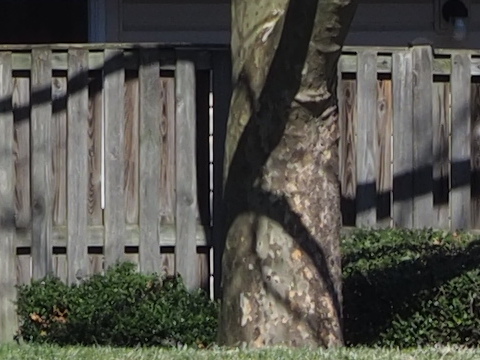
F = 75 mm |
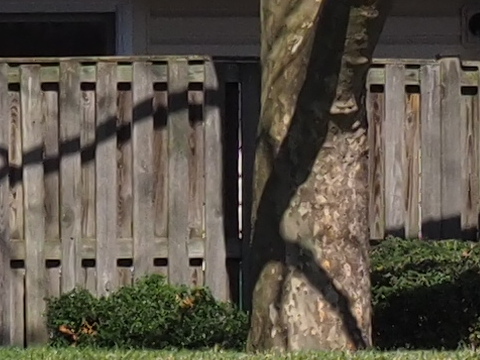
F = 74 mm |
|
Well, a surprise. The prime shows better, but just slightly. Frankly, I don't think the difference is significant for any applications. A prime 75 (again!) versus a super-tele zoom One more comparison, equally unfair: the economy super-tele, 75-300/4.8-6.7, versus, again, the 75/1.8 prime. We compare them at F/8, as this is the only aperture at which the zoom works well at all focal lengths. |
75/1.8 at F/8.0 | 75-300/4.8-6.7 at F/8.0 | |

F = 75 mm |
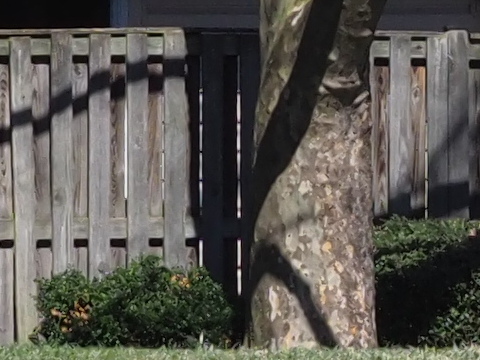
F = 75 mm |
|
Surprise! The prime does a better job, but barely so (if at all). I was expecting the zoom to be much worse here. (Trying other apertures for the 75 mm lens did not change this.) Two budget zooms: tele versus super-tele The two economy MZD zooms, 40-150/4.0-5.6 and 75-300/4.8-6.7 have focal lengths between 75 and 150 mm in common; we are comparing the image samples at these two values, at the aperture of F/8, acceptable for both lenses. |
40-150/4.0-5.6 at F/8.0 | 75-300/4.8-6.7 at F/8.0 | |

F = 74 mm |

F = 75 mm | |
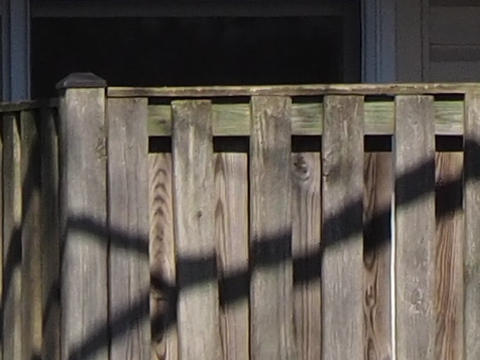
F = 150 mm |
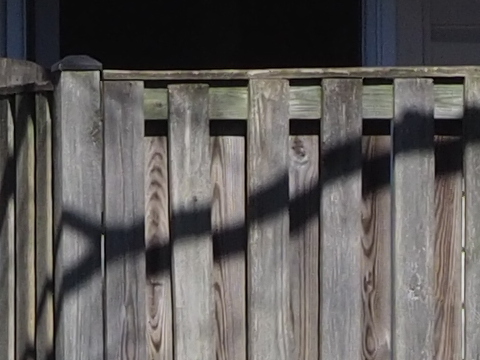
F = 150 mm |
|
The results are quite close. At 75 (or 74) mm I prefer, if not by much, the image from the longer lens; at 150 mm — from the shorter one, by even a smaller margin. You may see it the other way around; this only shows how close both lenses are. |
|
|

|
My other articles related to the |
| This page is not sponsored or endorsed by Olympus (or anyone else) and presents solely the views of the author. |
| Home: wrotniak.net | Search this site | Change font size |
| Posted 2017/04/01; last updated 2018/07/24 | Copyright © 2017-2018 by J. Andrzej Wrotniak |